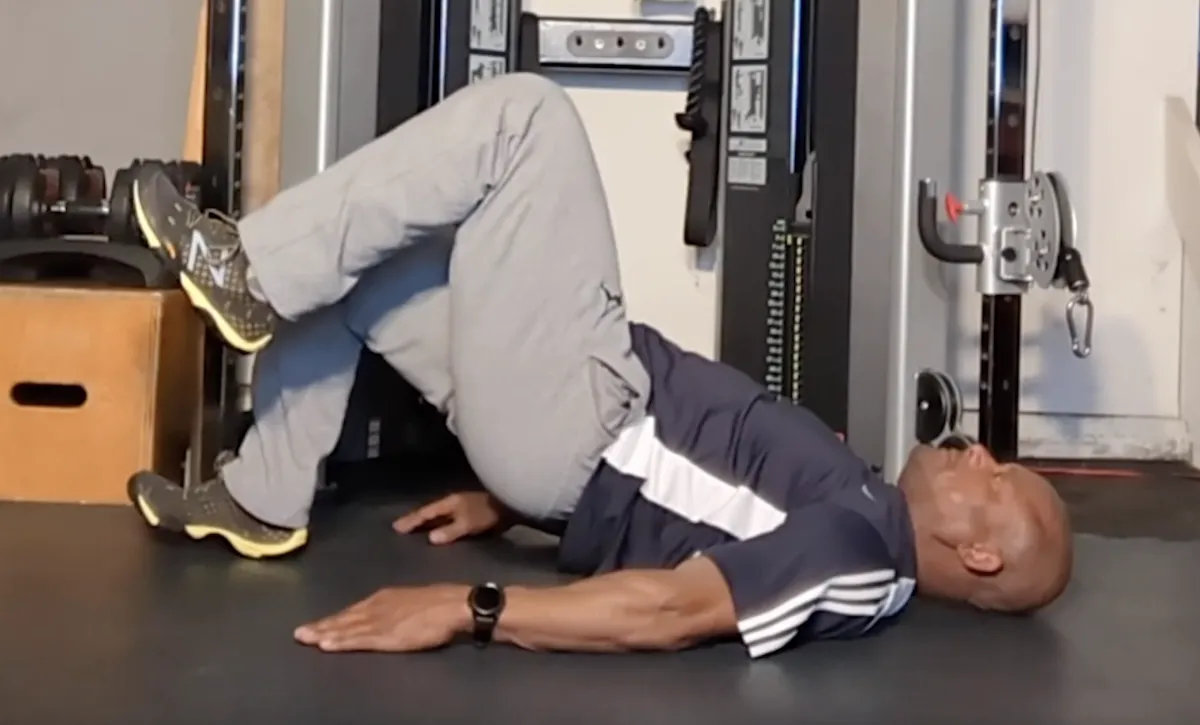
RESOURCES

When to Seek Help for Hip Pain: Knowing the Red Flags
Hip pain is a common complaint that can arise from various factors, including prolonged sitting, rigorous physical activity, or the natural aging process. While some discomfort may resolve with rest and self-care, certain symptoms—often referred to as "red flags"—warrant prompt medical attention. Understanding these warning signs is important for effective treatment and preventing further complications.

Common Causes of Hip Pain
Before delving into the red flags, let’s clarify 4 typical sources of hip discomfort:
Muscle Strains and Tendinitis: Overuse or sudden movements can lead to inflammation in the muscles and tendons surrounding the hip.
Bursitis: Repetitive activities can cause inflammation of the bursae, the small fluid-filled sacs that cushion the hip joint.
Arthritis: Conditions like osteoarthritis result in joint degeneration, leading to pain and stiffness.
Labral Tears: Damage to the cartilage (labrum) encircling the hip joint socket can cause persistent pain and a clicking sensation.
While these conditions can cause significant discomfort, they often respond well to conservative treatments such as rest, physical therapy, and anti-inflammatory medications.

Red Flags: When to Seek Immediate Medical Attention
Certain symptoms accompanying hip pain may suggest more severe issues requiring urgent care. If you experience any of the following, it's advisable to consult a healthcare professional promptly:
Severe Pain Following Trauma: Intense pain after a fall or direct impact to the hip could indicate a fracture or dislocation. Immediate evaluation is necessary to prevent further damage.
Inability to Bear Weight or Walk: Difficulty standing or walking may signal a serious injury affecting the hip joint or surrounding structures.
Visible Deformity: Noticeable changes in the shape or alignment of the hip or leg suggest dislocation or fracture.
Swelling, Redness, or Warmth: These signs of inflammation, especially when accompanied by fever, could indicate an infection within the joint.
Night Pain or Resting Pain: Persistent discomfort that disrupts sleep or occurs during periods of inactivity may be associated with conditions like infections or tumors.
Unexplained Weight Loss or Fatigue: Systemic symptoms, along with hip pain, could point to underlying diseases such as malignancies.
Neurological Symptoms: Numbness, tingling, or weakness in the leg may indicate nerve involvement, potentially from conditions like sciatica or spinal issues.

Understanding Potential Serious Conditions
Recognizing the possible serious conditions associated with these red flags can aid in understanding the importance of seeking medical attention:
Hip Fractures: Common in older adults, especially those with osteoporosis, hip fractures require surgical intervention and rehabilitation.
Septic Arthritis: An infection within the hip joint leading to severe pain, swelling, and fever. This condition necessitates prompt antibiotic treatment and sometimes surgical drainage.
Avascular Necrosis: A condition where the blood supply to the hip bone is compromised, leading to bone death and potential collapse of the hip joint.
Malignancies: Though rare, tumors in or around the hip can cause persistent pain and systemic symptoms like weight loss.

Taking Proactive Steps
Early recognition of these red flags and seeking appropriate medical care can make a significant difference in outcomes. Here's what you can do:
Monitor Your Symptoms: Keep a detailed record of your pain, noting its intensity, duration, and any associated symptoms.
Avoid Self-Diagnosis: While it's helpful to be informed, always consult healthcare professionals for an accurate diagnosis.
Seek Timely Medical Care: If red flag symptoms are present, don't delay in contacting a healthcare provider. Early intervention can prevent complications and facilitate recovery.
Simply, while hip pain is often due to benign causes, being aware about accompanying symptoms is vital. Recognizing red flags and seeking prompt medical attention ensures that serious conditions are addressed early, leading to better health outcomes and a quicker return to daily activities.
Sheila Mann's Testimonial
Sheila Mann doing Suspension Strap Push-ups on an elevated Single Leg.
Just another Saturday Workout Part 2
Spray Tan Fitness
Dreams or Goals
Intro to Self-Myofascial Release
Self Massage using the Energy F X Tube (Upper Body)
Self-Massage for Lower Body using Energy F X Tube (IT Band , Glutes)
Level 3
This is our advance level. In this level you will be asked to increase the challenges to your strength, balance and to some degree, your conditioning. We continue to focus on the major joints of the body (hips, shoulder, and knees) with the added challenge of resistance. This level also includes the added challenge of coordination, as many movements require the integrated movement of both upper and lower body.

Level 4
This is our premium level. In this level you will be asked to significantly challenge your body through increased demands on your functional core strength in movements that will significantly challenge your balance and strength simultaneously. Here we will ask you to begin to optimize your balance, core activation, and improved range of motion in a functional aspect – integrated movement of both upper and lower body, but at a higher level of accountability.

